On your marks...
Get set...

On your marks...
Get set...

-
Lane 1
3G
-
Lane 2
4G LTE
-
Lane 3
5G
-
Lane 4
Dial Up
-
Lane 5
Broadband
-
Lane 6
Fibre Optic
- 3g
- 4g LTE
- 5g
- Dial Up
- Broadband
- Fibre Optic
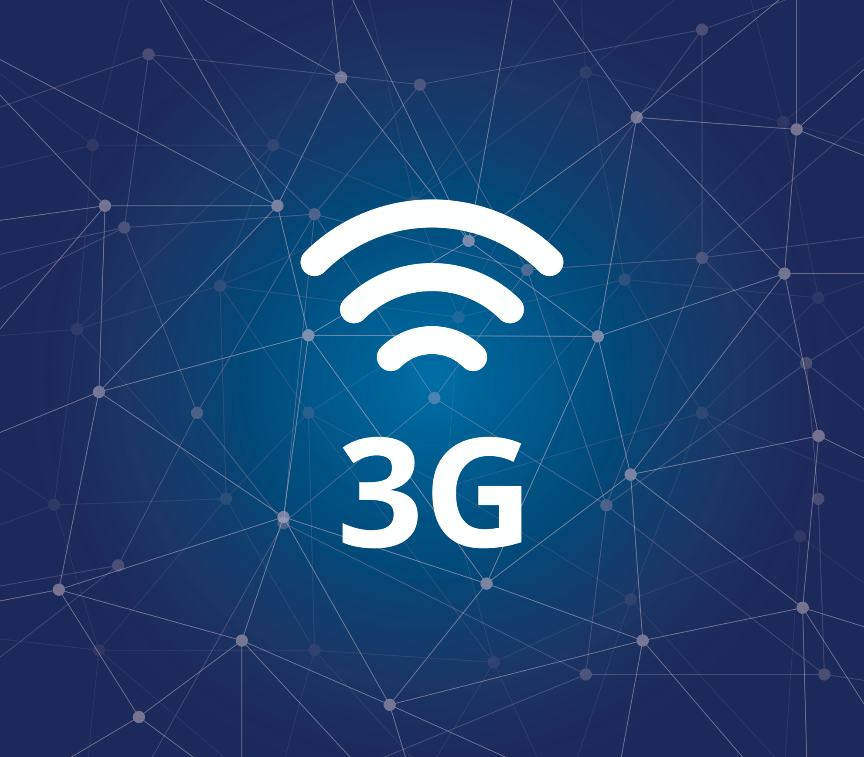
3G
3rd Generation, otherwise known as 3G, took the UK and the world by storm in the early 2000s, introducing a mobile phone network with a greater data bandwidth than ever before. This enabled mobile phone users to browse the web, email and send pictures and videos via their mobile phones.

4G LTE
Introduced in 2008, 4G was born to meet the demand for a better mobile internet experience. With more people using the internet via their mobile phones, there was an increased need for better data and improved signal across the country. 4G enabled users to catch up on a TV series on the go, update their social media profiles in a flash and, most importantly, stay connected.
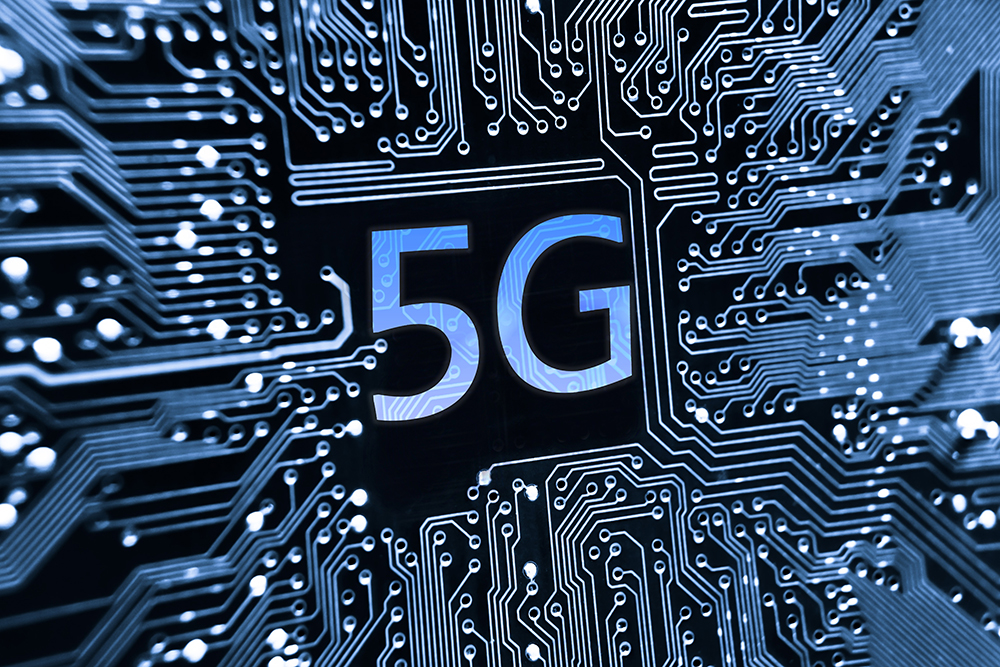
5G
In a rapidly technologically advancing world where the Internet of Things is upon us, super-fast internet is now a necessity. The vision of 5G reaches far beyond funny cat videos and into the realms of connected healthcare, transport and utilities. The step change in bandwidth and network availability that 5G will bring will transform the world we live in.
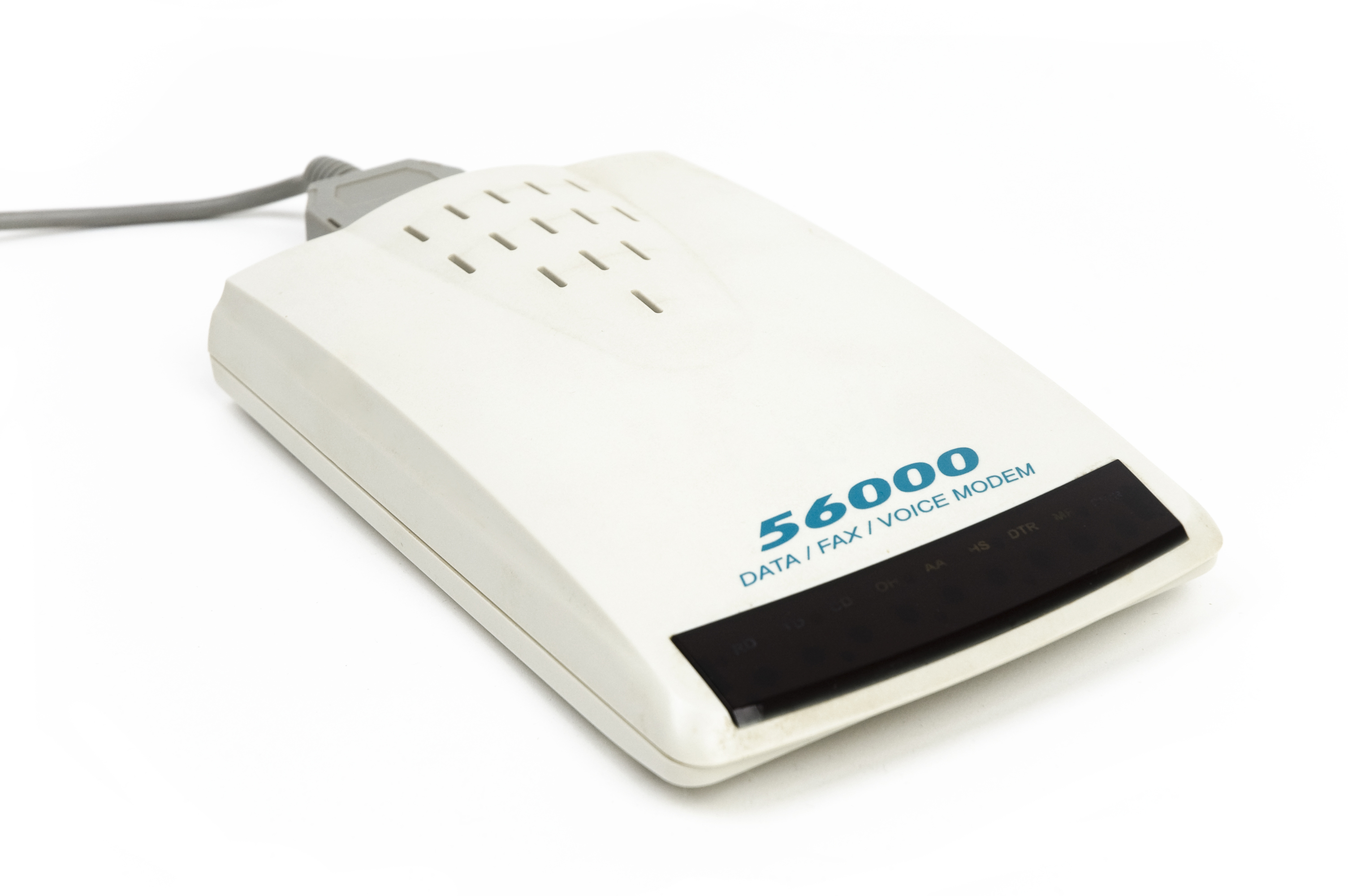
Dial Up
For those who had the delight of experiencing dial-up, you may have less fond memories of its not-so-impressive download speed of 56.6 kbits/s accompanied by the shrill sound it would make every time you attempted to connect. Just about capable of loading a plain-text email for users, dial-up has thankfully committed itself to spending the rest of eternity in a museum, leaving our eardrums intact.
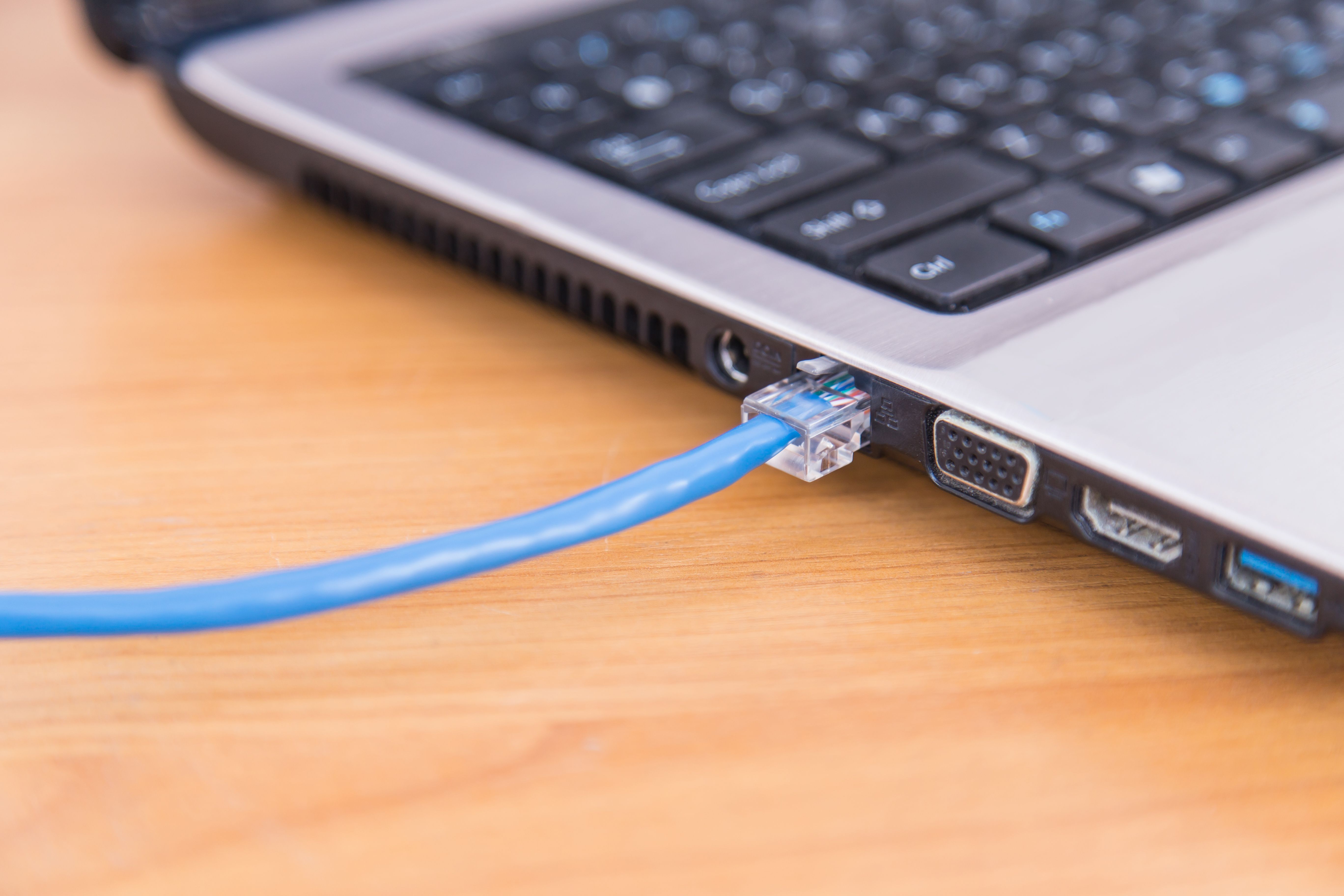
Broadband
Broadband, short for broad bandwidth, brought streaming services and online gaming into homes across the world. Customers no longer had to choose between making a phone call or reaching their PB on their favourite game as the miracles of broadband enabled you to do both at the same time. Broadband speeds gradually increased as typical internet usage changed, but it wasn’t long before even the speediest of broadband connections presented the infuriating buffering wheel.
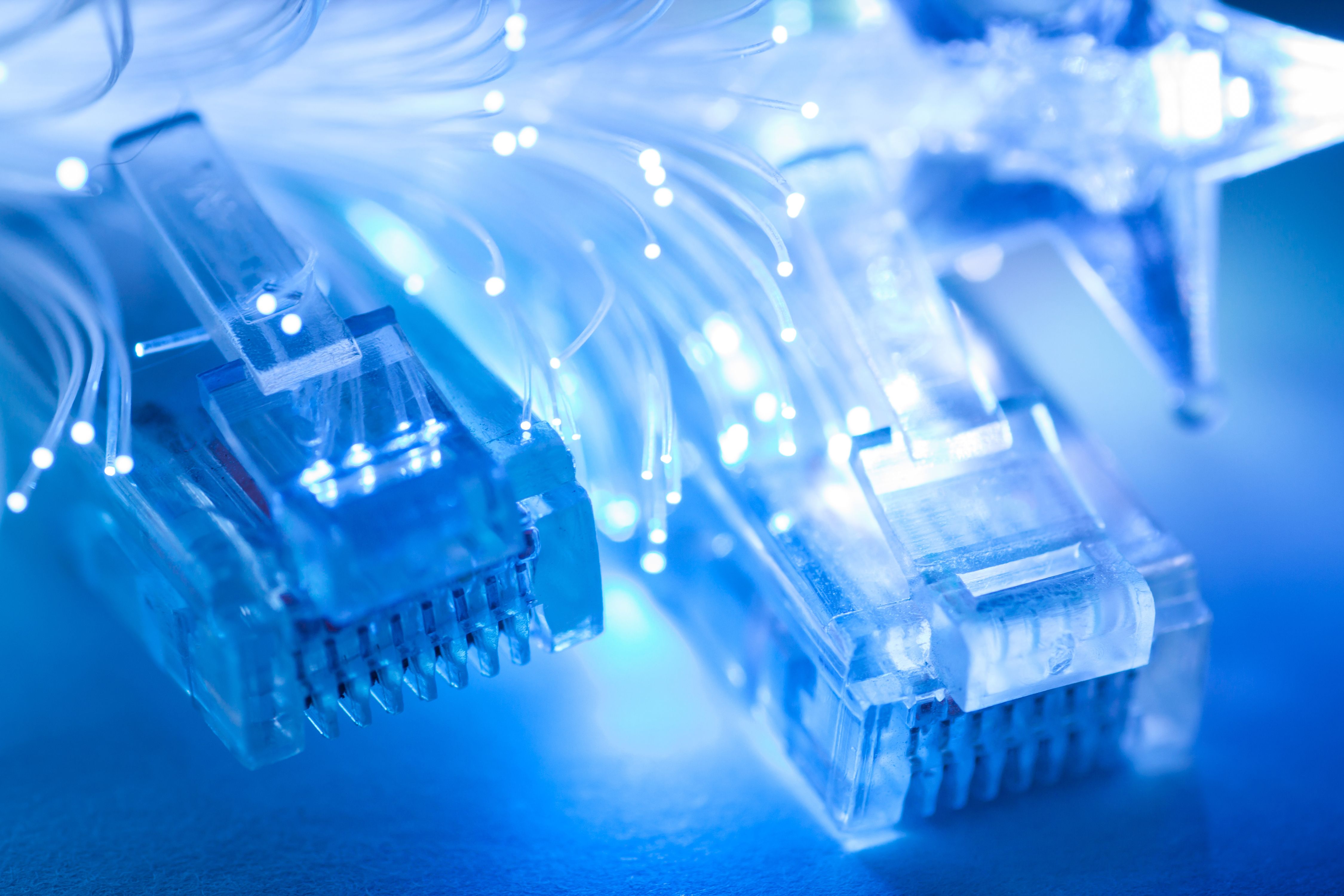
Fibre Optic
With the introduction of fibre-optic, internet connectivity at the speed of light was almost a reality. The roll-out of fibre-optic was a clear investment in a connected future in which a high-speed, interconnected online society was a priority. Ultra-high-definition video is available at the touch of a button and households are able to use multiple devices at once. It would seem the data-hungry have been satisfied, at least in their own homes.
-
3G
4th3GFINISH TIME 38secsTheoretical maximum download speed 21Mbits/s
-
4G LTE
3rd4G LTEFINISH TIME 10secsTheoretical maximum download speed 80Mbits/s
-
5G
1st5GFINISH TIME 0.080secsTheoretical maximum download speed 10,000Mbits/s
-
Dial Up
6thDial UpFINISH TIME 3hrs, 55mins, 34secsTheoretical maximum download speed 0.0566Mbits/s
-
Broadband
5thBroadbandFINISH TIME 47secsTheoretical maximum download speed 17Mbits/s
-
Fibre Optic
2ndFibre OpticFINISH TIME 2.667secsTheoretical maximum download speed 300Mbits/s

3G
3rd Generation, otherwise known as 3G, took the UK and the world by storm in the early 2000s, introducing a mobile phone network with a greater data bandwidth than ever before. This enabled mobile phone users to browse the web, email and send pictures and videos via their mobile phones.

4G LTE
Introduced in 2008, 4G was born to meet the demand for a better mobile internet experience. With more people using the internet via their mobile phones, there was an increased need for better data and improved signal across the country. 4G enabled users to catch up on a TV series on the go, update their social media profiles in a flash and, most importantly, stay connected.

5G
In a rapidly technologically advancing world where the Internet of Things is upon us, super-fast internet is now a necessity. The vision of 5G reaches far beyond funny cat videos and into the realms of connected healthcare, transport and utilities. The step change in bandwidth and network availability that 5G will bring will transform the world we live in.

Dial Up
For those who had the delight of experiencing dial-up, you may have less fond memories of its not-so-impressive download speed of 56.6 kbits/s accompanied by the shrill sound it would make every time you attempted to connect. Just about capable of loading a plain-text email for users, dial-up has thankfully committed itself to spending the rest of eternity in a museum, leaving our eardrums intact.

Broadband
Broadband, short for broad bandwidth, brought streaming services and online gaming into homes across the world. Customers no longer had to choose between making a phone call or reaching their PB on their favourite game as the miracles of broadband enabled you to do both at the same time. Broadband speeds gradually increased as typical internet usage changed, but it wasn’t long before even the speediest of broadband connections presented the infuriating buffering wheel.

Fibre Optic
With the introduction of fibre-optic, internet connectivity at the speed of light was almost a reality. The roll-out of fibre-optic was a clear investment in a connected future in which a high-speed, interconnected online society was a priority. Ultra-high-definition video is available at the touch of a button and households are able to use multiple devices at once. It would seem the data-hungry have been satisfied, at least in their own homes.